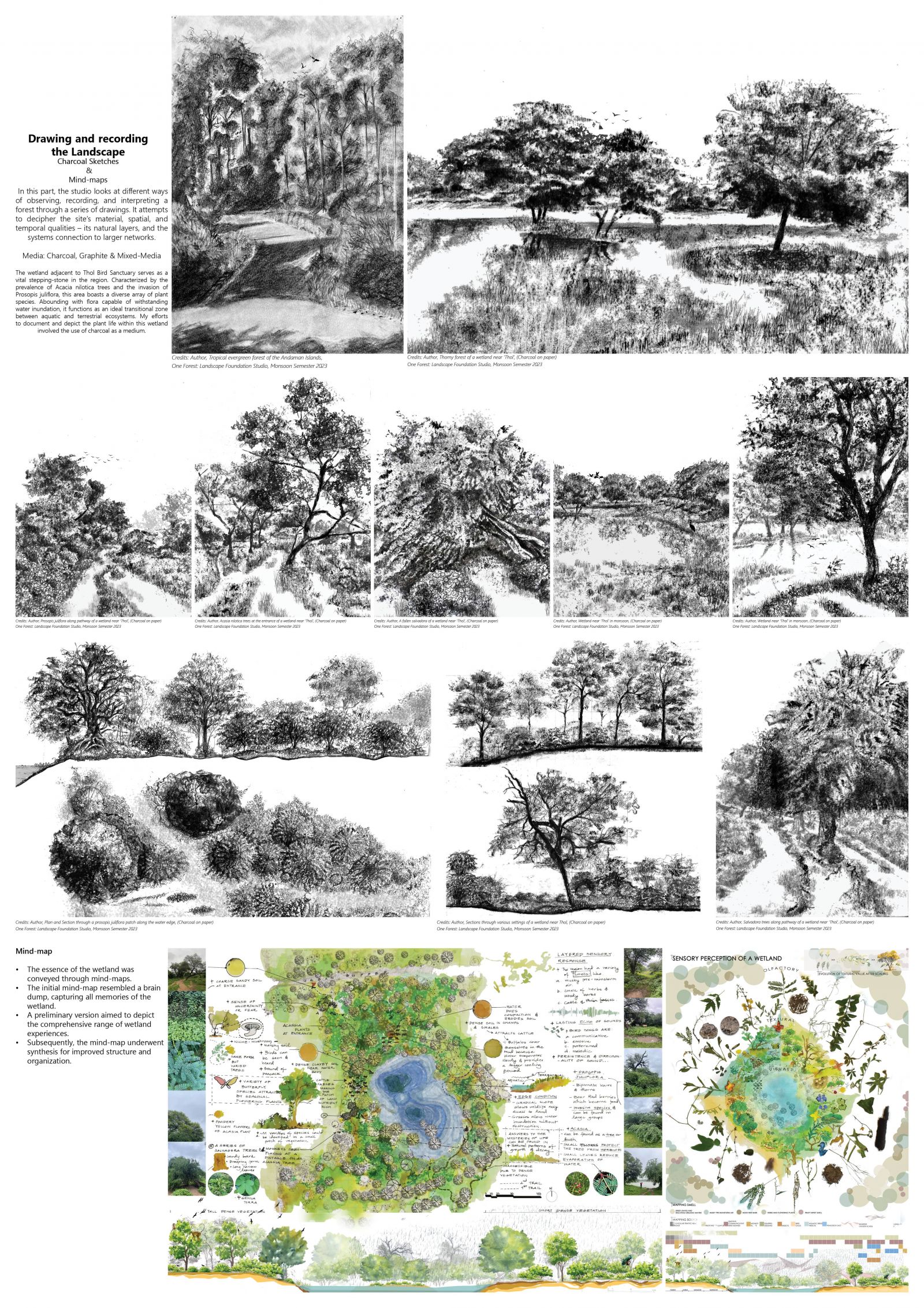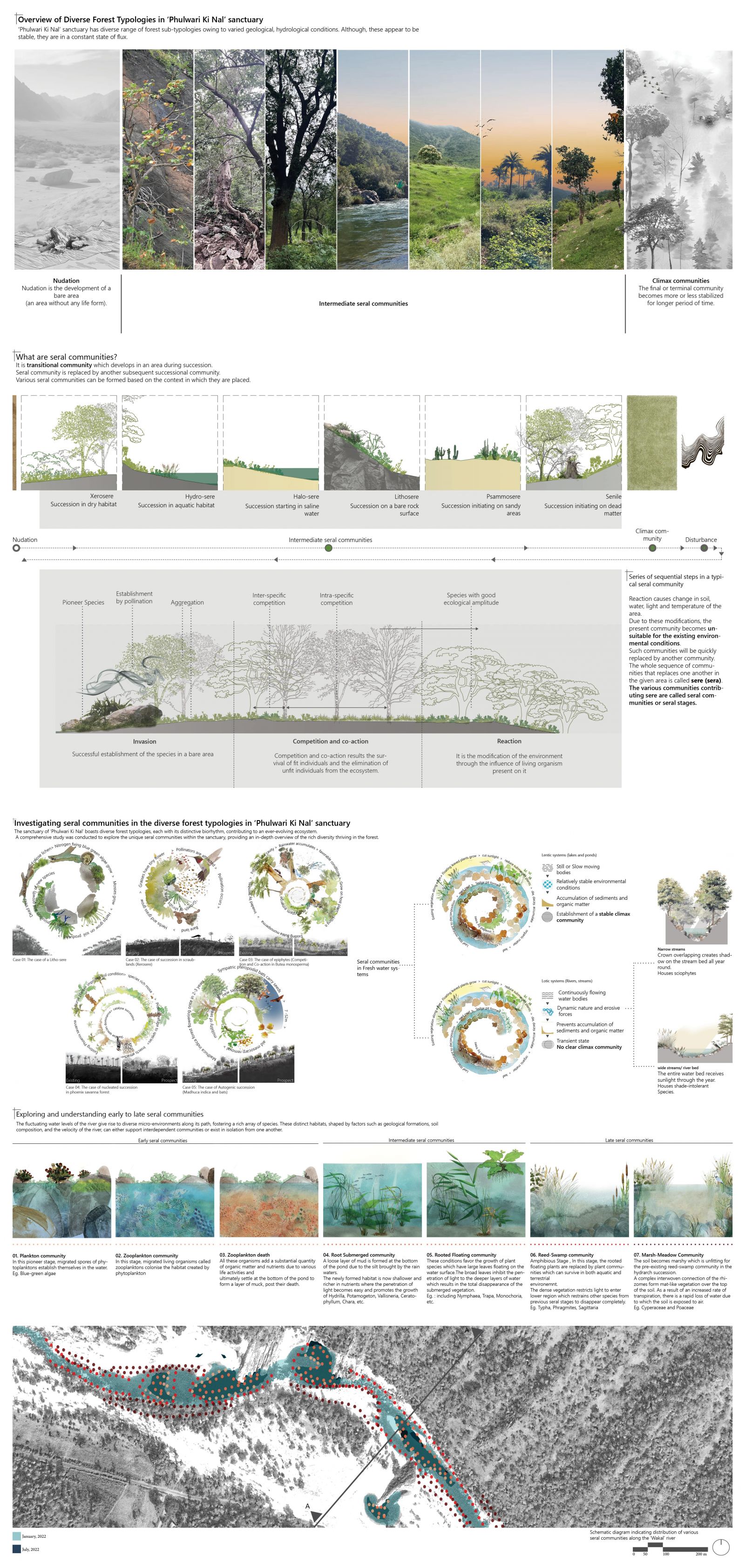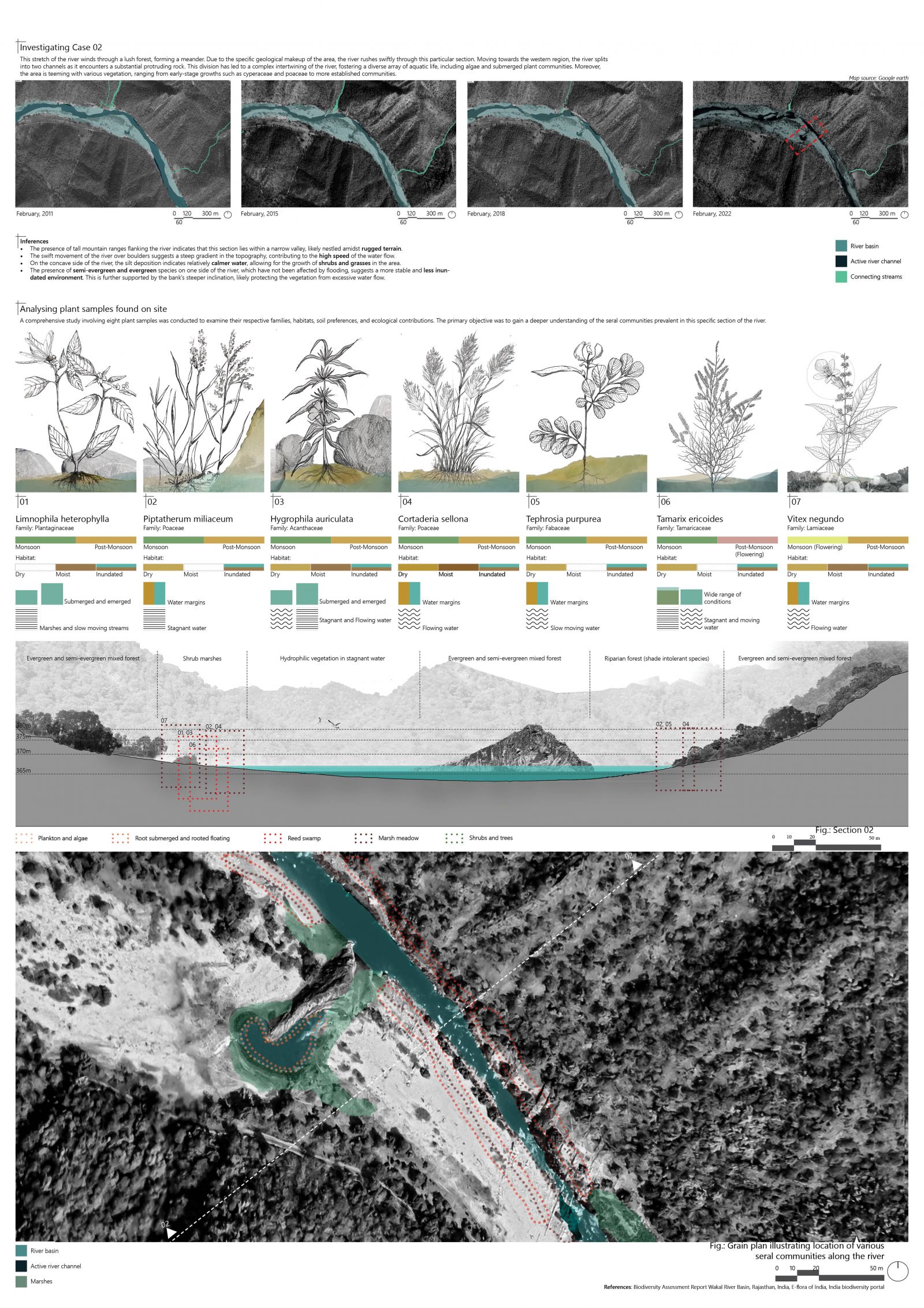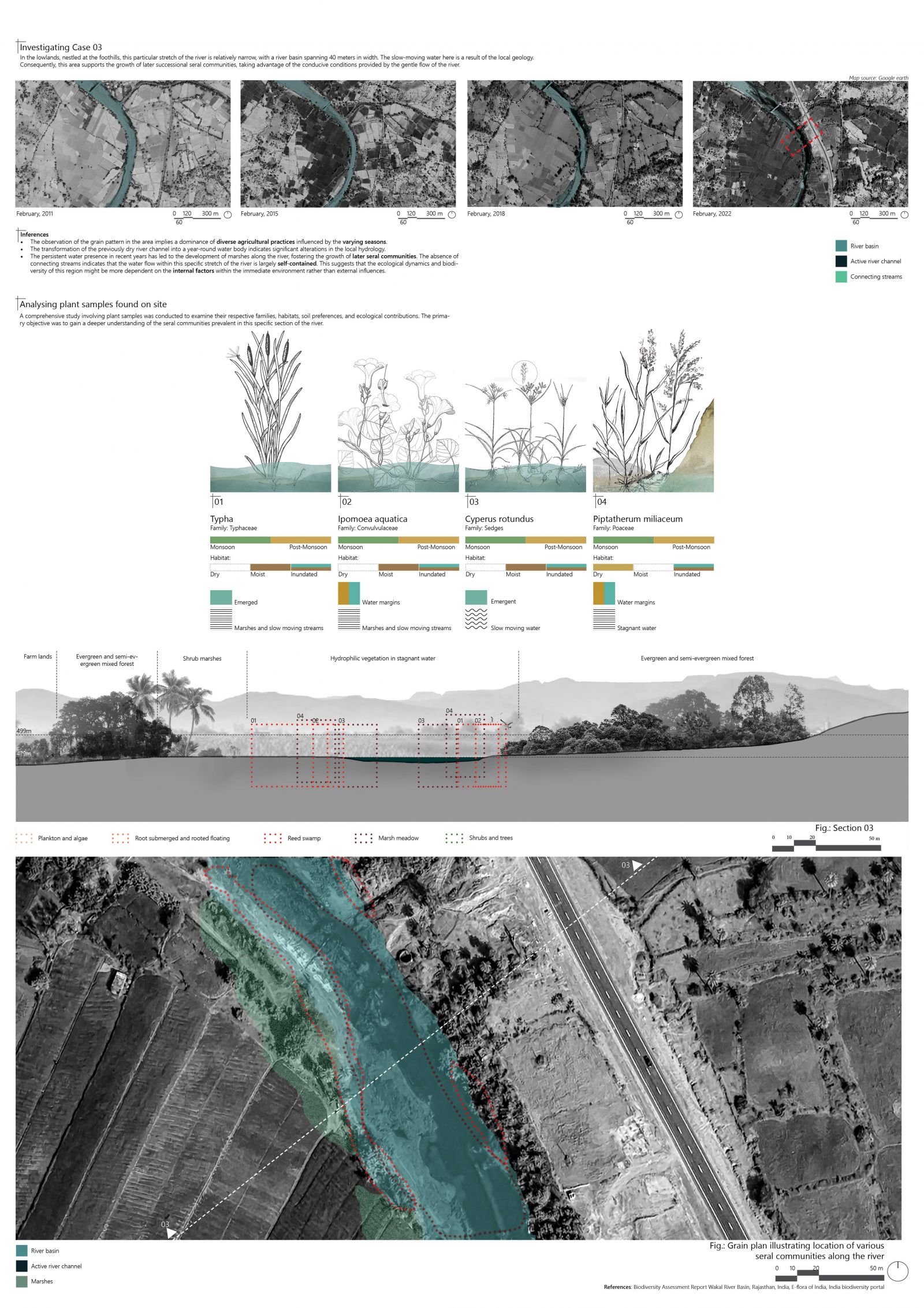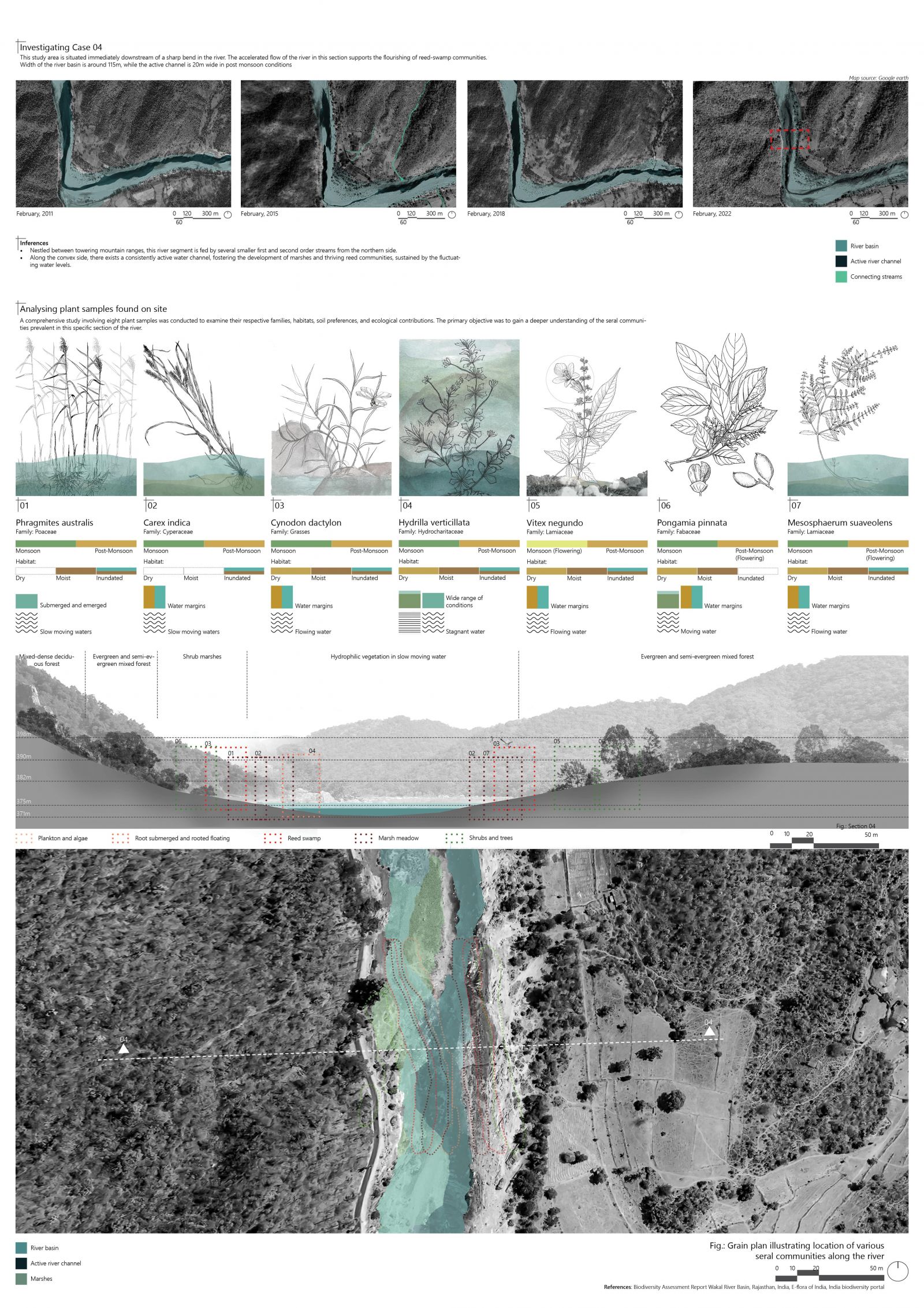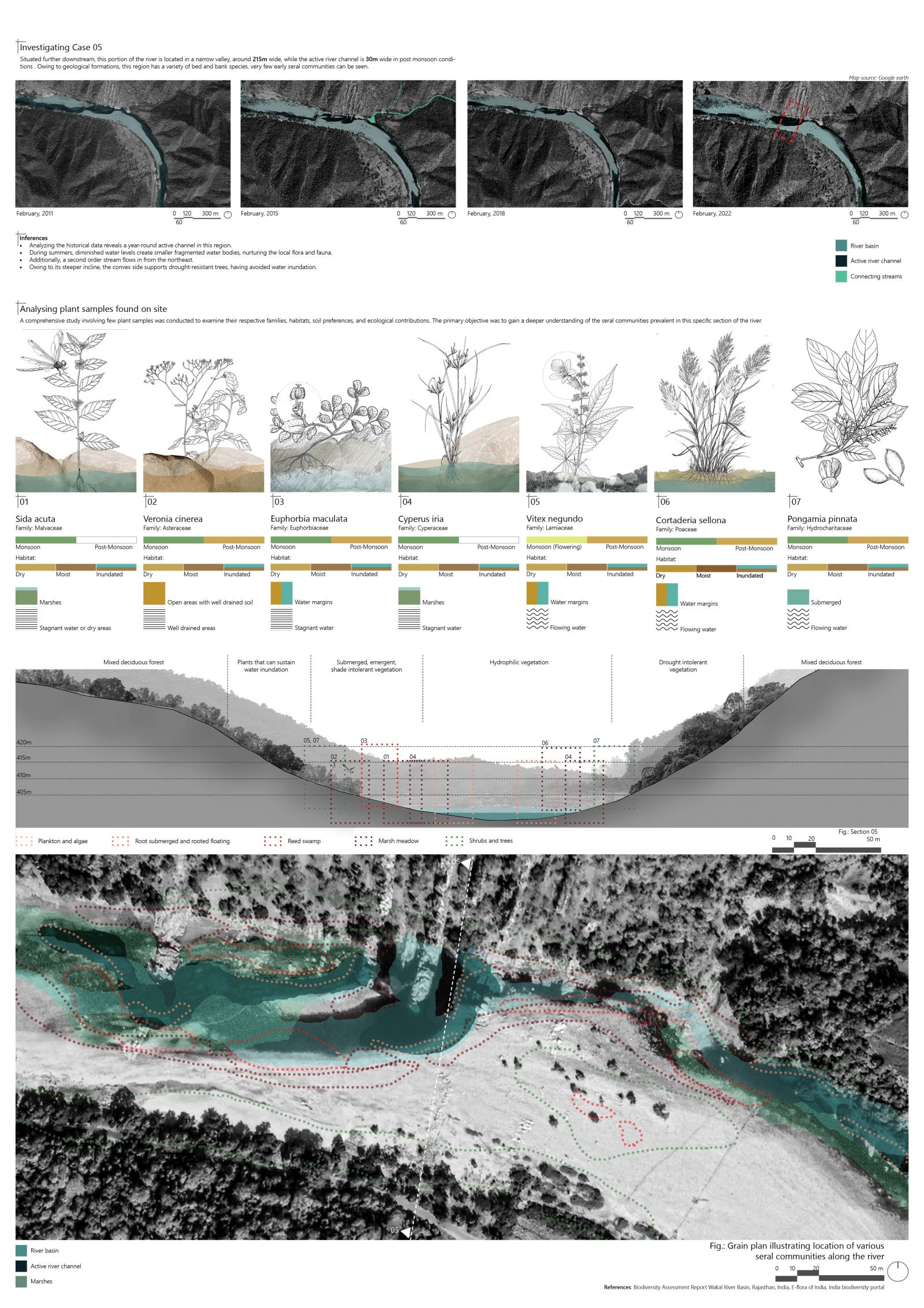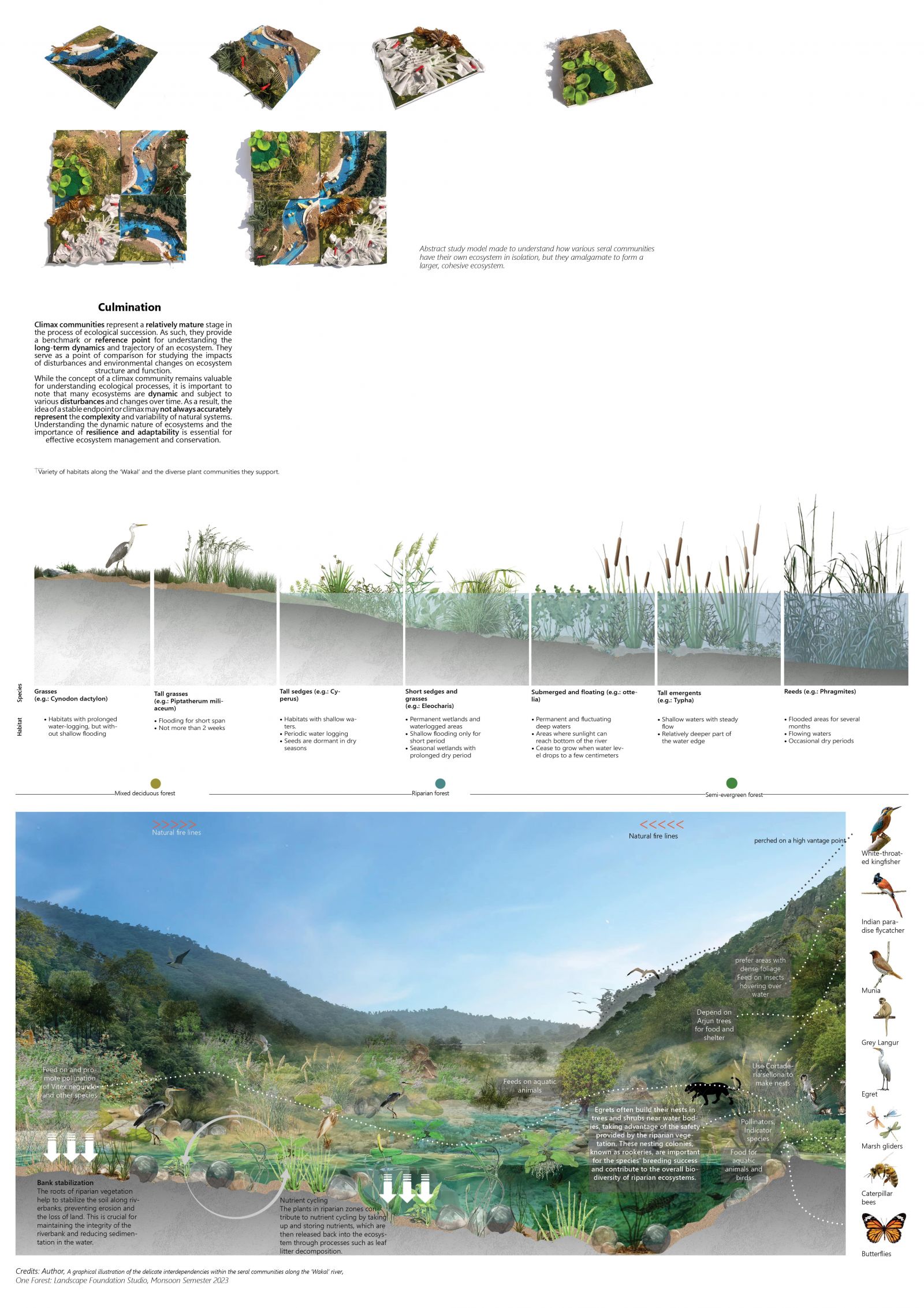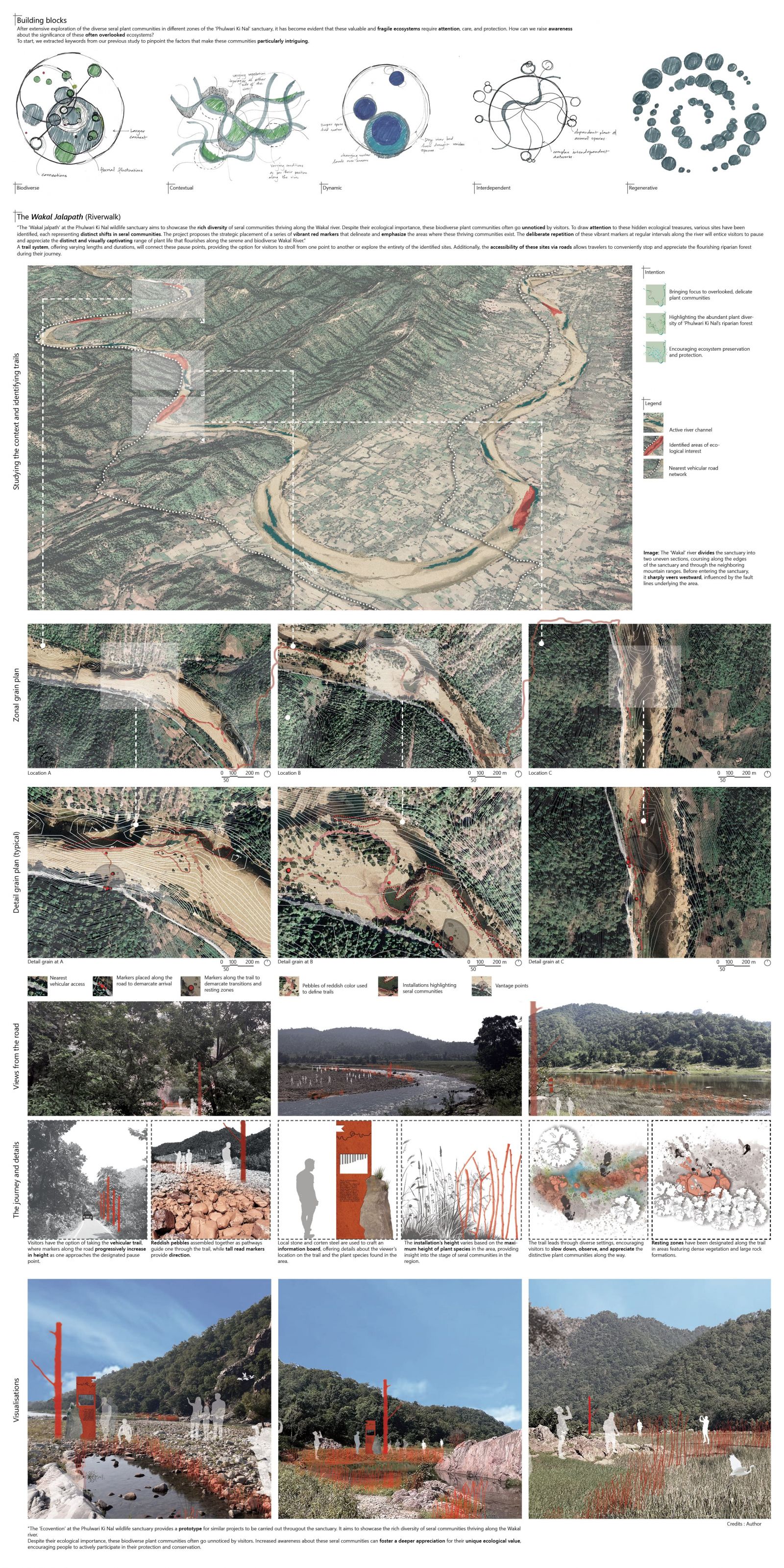Your browser is out-of-date!
For a richer surfing experience on our website, please update your browser. Update my browser now!
For a richer surfing experience on our website, please update your browser. Update my browser now!
Most communities appear to be stable and unchangeable. However, when observed over a large period, they seem to be in a constant state of flux. The forest is a very dynamic ecosystem. Trees and plants grow, evolve, mature, die and decompose. Throughout this period, many smaller niches emerge and create communities. Each stage of the cycle creates a groundwork for the next. Based on the natural life cycle of trees, the forest undergoes various stages of succession. Ecological succession is the process by which natural communities replace (or “succeed”) one another over time. Each plant community creates conditions that subsequently allow different plant communities to thrive. Ecological succession is the gradual and sequential replacement of one community by the other in an area over a period. It is the process of change in species composition in an ecosystem over time. In simpler terms, it is the process of Ecosystem Development in nature. All communities (serai or climax), in particular micro-habitats, support a sequence of population forming a micro-sere. Micro-sere are minor successional sequences that occur within the framework of a larger community. They have no separate climax stage of their own and, ultimately, get erased from the larger community. For example, when a mature tree reaches the end of its life, it begins to decay and feeds nutrients back into its surroundings. Old and dead trees, or snags, are necessary for sustaining forest biodiversity. A tree in decline remains vital to plants, fungi, insects, and other parts of the forest ecosystem. It provides a source of both food and shelter, feeding the next generation of trees. Similarly, riparian zones are dynamic and ever-changing environments. They are subject to frequent flooding, erosion, and sediment deposition. These disturbances prevent the establishment of stable climax communities. In riparian zones, there is intense competition among plant species due to the availability of water and nutrients. The constant competition and the presence of opportunistic species can prevent any one species from dominating and reaching a climax state. My study tries to investigate the various species along the course of ‘Wakal’ river and understand how each community is thriving in various transects of the river owing to diverse biogeographic conditions. The presence of a wide variety of riparian plant communities has contributed to the rich biodiversity of ‘Phulwari Ki Nal’.
View Additional Work